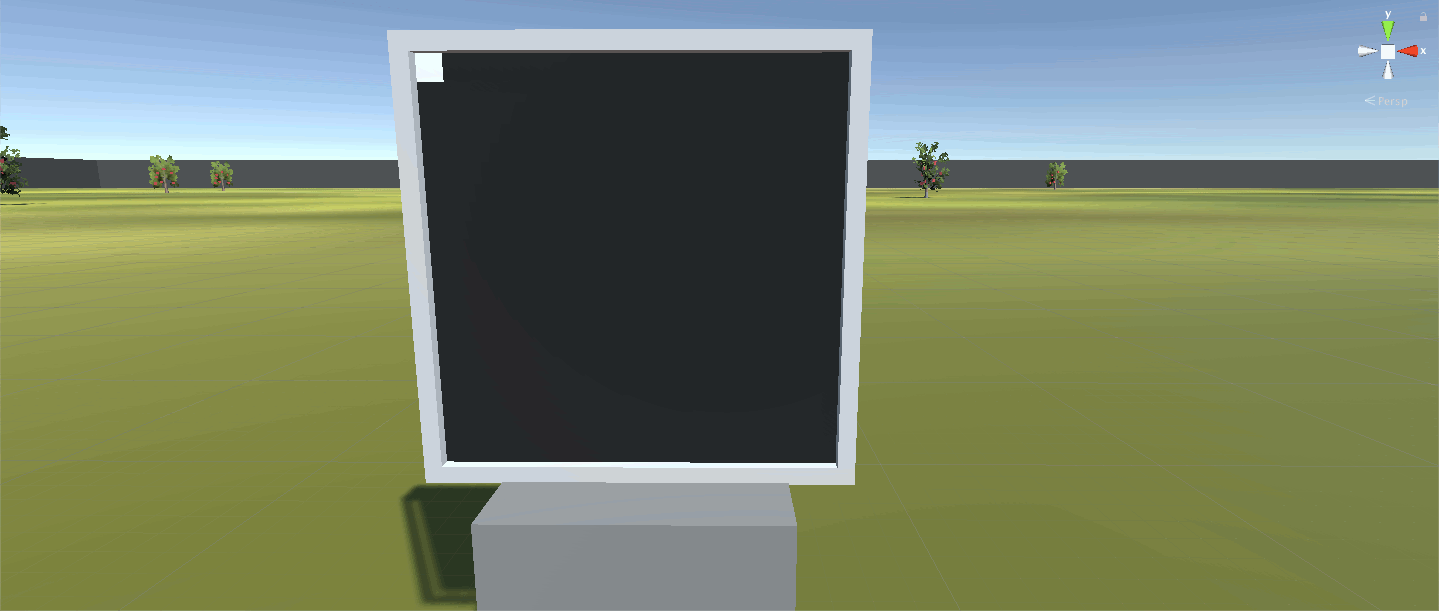Thank you. :)
Yeah, the end address (or length, but end address was easier for the code to deal with) pretty much had to be in there somewhere, so I could load only the necessary words from disk (both for speed and to allow partial overwrites with some code remaining behind). Putting it at the start of each function means the loader only has one address it needs to deal with to start loading that code.
If I was really strapped for disk space I suppose it might be possible to put the length as the first byte of the given disk address or something, but that would both limit the max address I could load from, and make the loader code more complicated. In turn, more complicated loader code would mean the loader was larger, and thus would leave less RAM space for each overlay, which means not only that they would be trickier to write, but that you'd probably need more of them - so did we actually save any space doing it..?
Putting the start addresses in a table at the start of the disk is a nice idea though; while it does take an extra word, it would allow reference to functions by index into that table instead of needing to reference it by address directly, which would add a level of indirection so that the calling code doesn't need to change even if the function has to be moved.
Something I've been thinking of is to write a script that takes a bunch of code files (like I had here) and merges them together into a "disk image" code file for me (as in, adds in the length word and such for each of them while concatenating them).
That would simplify my work as a programmer, since I wouldn't have to do that merging manually, and it would save disk space since it wouldn't need to insert all those NILs to make tracking the addresses easier (computers are good at such tracking - generally much better than humans).
However, it would also have to insert the resulting addresses into the code in the right places for me, since I no longer know where exactly on disk each file will end up. So I was thinking I'd have to make up some syntax for that. (Your idea about the function table might make that unnecessary, though, as long as I can predetermine which function gets which index in the table.)
Essentially, I'd be adding a preprocessor (like C has). And if I do get around to making it, there are some other features I've been thinking of too, like having labels for addresses (both disk and RAM), so thaht it doesn't matter if I move the DATACs around as long as they're labeled (and as long as I used that label in the relevant instructions).
On the other hand, something else I've been thinking is that if I start down that road, maybe I should I just go all the way immediately, and instead of writing my own compiler, just make a new target for an existing one like gcc or LLVM. That way we could write in C/C++ or other high-level languages and have it compiled down to the TC-06 for us. Though that assumes that the compiler can cope with the extremely restricted nature of the TC-06 - especially the default mode would probably be difficult, with its tiny amount of RAM limiting the code space. It also assumes that I could figure out how to do that - it's often easier to make your own code base than to figure out someone else's after all...
Regarding the out-of-game code editor, like I mentioned, I've been writing most of my programs outside of the game and just pasting them in (*thank you* for making copy/paste work). It's just been easier that way, in part due to higher familiarity with the editor.
Having a purpose-built IDE could be neat, but I generally think it would be better to build more general tools that can be used with existing IDEs first.
Take, for example, those function references you mentioned - if I understand you correctly, they would require some extensions to the language (if not a whole new language), so there would need to be a compiler of some sort to turn those into the actual assembly code used by the game.
I think starting with that compiler would be better than starting with a new IDE to host it, in large part because the compiler would be the new part - while pretty good IDEs already exist, that people are familiar with, and which could be used with such a compiler. (It would also enable non-IDE building, e.g. for larger projects using make.)
Of course, if what you _want_ to do is to build an IDE, don't let me stop you. If people only ever did the "best" thing, the world would be a boring place. Which, honestly, makes it arguable whether it was really the best thing to do in the first place... (Not to mention, best according to whom?)
(Also: I probably wouldn't have missed it if you hadn't added it, since I wouldn't have thought of it, but yes, JMP 3 did come in handy... :) )



